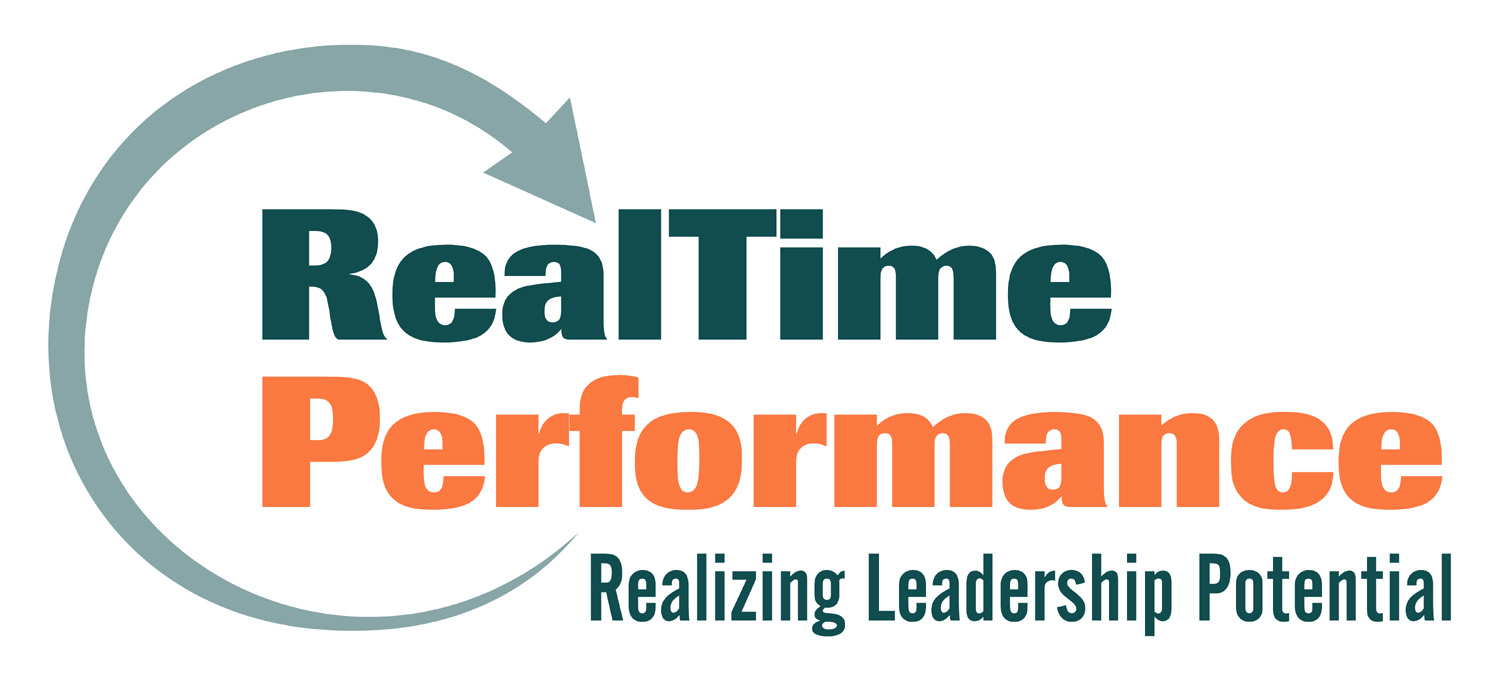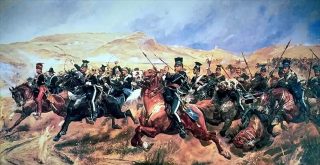I’m often asked, “what is the difference between management and leadership?” The best answer I’ve ever heard, and the one I usually give is:
Management is about doing things right. Leadership is about doing the right thing.
Like any great aphorism, it is short and memorable. It does a decent job communicating the big concept, but it can be a little dissatisfying. The natural follow up question is always, “yes, but how does it really work in practice?” Like everything that is complicated in life, it depends on the context. So it helps to tell a story to elaborate your point.
Ed Catmull is the co-founder of Pixar. In his book Creativity, Inc. he recounts a decision he made that illuminates the difference between management and leadership. It was shortly after the success of Toy Story, a movie that put Pixar on the map and was a huge critical and financial success. Pixar had partnered with Disney to distribute Toy Story, and Disney was eager to capitalize on the success. Disney suggested Pixar create a Toy Story sequel for the direct-to-video market. This was a market for B-quality movies that bypassed the theaters and went straight to the home video format. Disney had a history of financial success with this model. Rather than strive to make a movie to rival the quality and acclaim of the original, the safe bet was to quickly make a low quality film, cash in on the brand name of the original, and reap the profits.
Making Toy Story 2 for the direct-to-video market was almost guaranteed to make money for both Pixar and Disney, so it made sense from a strictly financial perspective. It was a sound management decision. There was one problem however. All of the creative talent at Pixar was already working on another movie project called A Bug’s Life. This was a dilemma. But the managers at Pixar came up with a brilliant management solution – since Toy Story 2 was a low budget, low quality project, they could reassign a few people from A Bug’s Life to quickly pull a movie together. Besides, this project wasn’t about winning another academy award, it was about getting something out the door quickly and making some money. It all made sense from a management perspective. Catmull agreed to do it.
Here is how Catmull describes what happened next:
Right away, we realized that we’d made a terrible mistake. Everything about the project ran counter to what we believed in. We didn’t know how to aim low. We had nothing against the direct-to-video model, in theory; Disney was doing it and making heaps of money. We just couldn’t figure out how to go about it without sacrificing quality. What’s more, it soon became clear that scaling back our expectations to make a direct-to-video product was having a negative input on our internal culture, in that it created an A-Team (A Bug’s Life) and a B-Team (Toy Story 2). The crew assigned to work on Toy Story 2 was not interested in producing B-level work, and more than a few came into my office to say so.
Making Toy Story 2 for the direct-to-video market was a good management decision, but it was a terrible leadership decision. Catmull exercised his leadership by quickly recognizing the mistake and reversing the decision. They stopped aiming low and reset their sites on the only target they truly believed in; making a movie that they themselves wanted to see. When Toy Story 2 was eventually released, it was a huge financial success. But perhaps even more impressive, it was widely considered by critics and moviegoers to be even better than the original.
Making Toy Story 2 for the direct-to-video market would make Pixar money in the short-term but it would destroy their culture, which was their greatest asset in the long-term. The moral of the story is that a decision can look great from a management perspective and terrible from a leadership perspective. Before you pull the trigger on the “no brainer” management decision, put on your leadership hat and consider the long-term impact to your brand, culture, strategy and mission. You may come to see the decision in a new light.
Sean P. Murray is an author, speaker and consultant in the areas of leadership development and talent management. Learn more at RealTime Performance.
Twitter: @seanpmurray111


